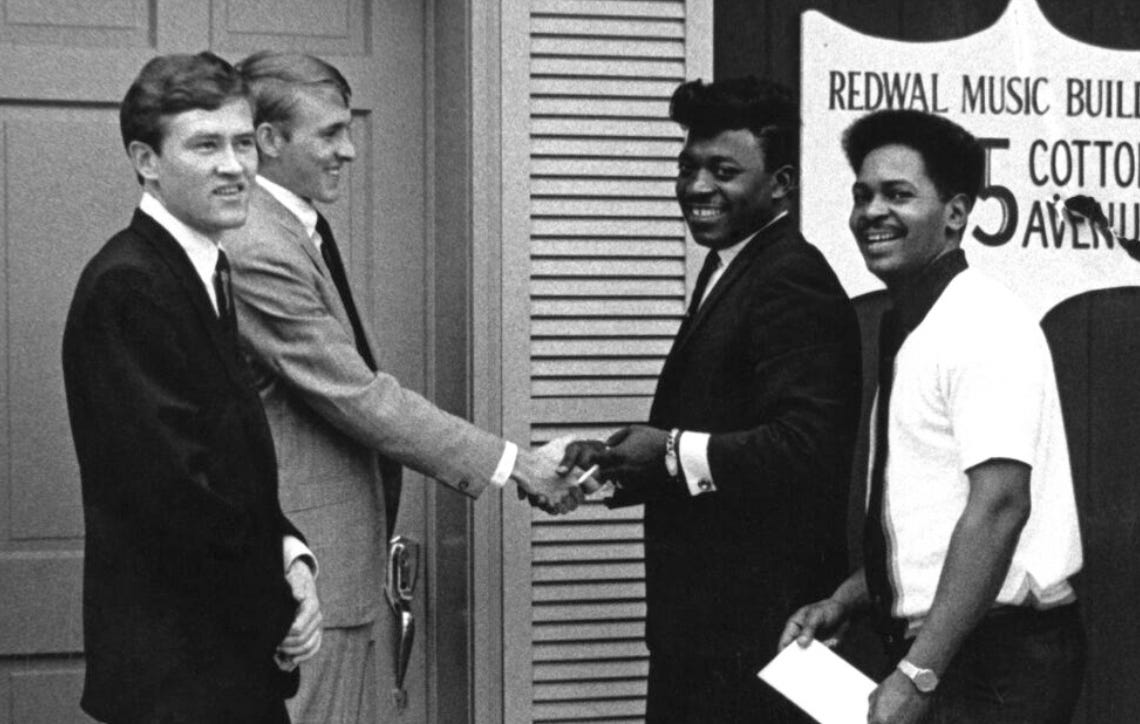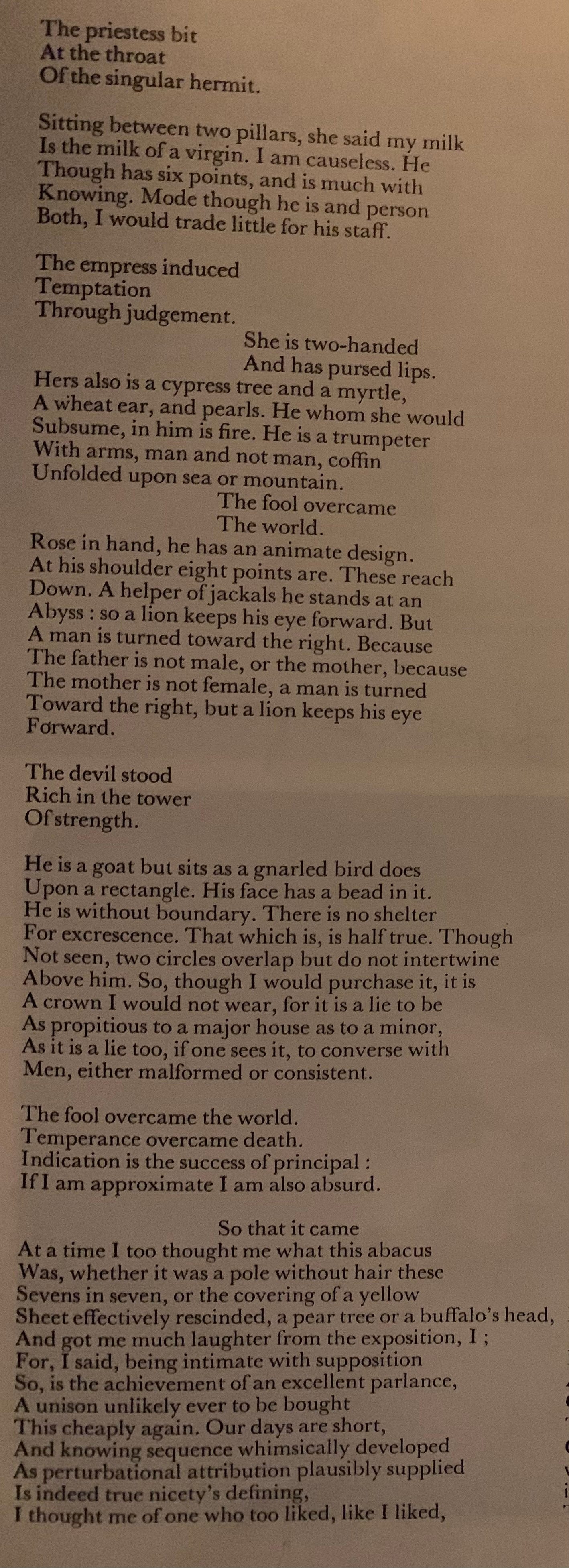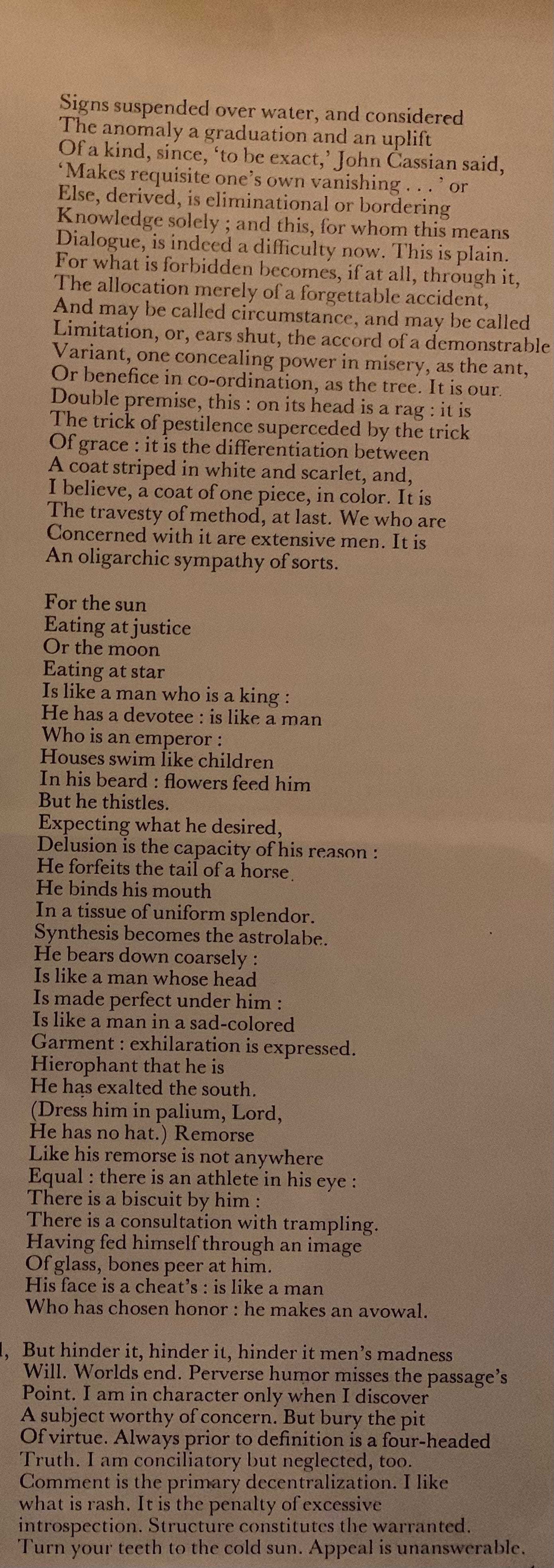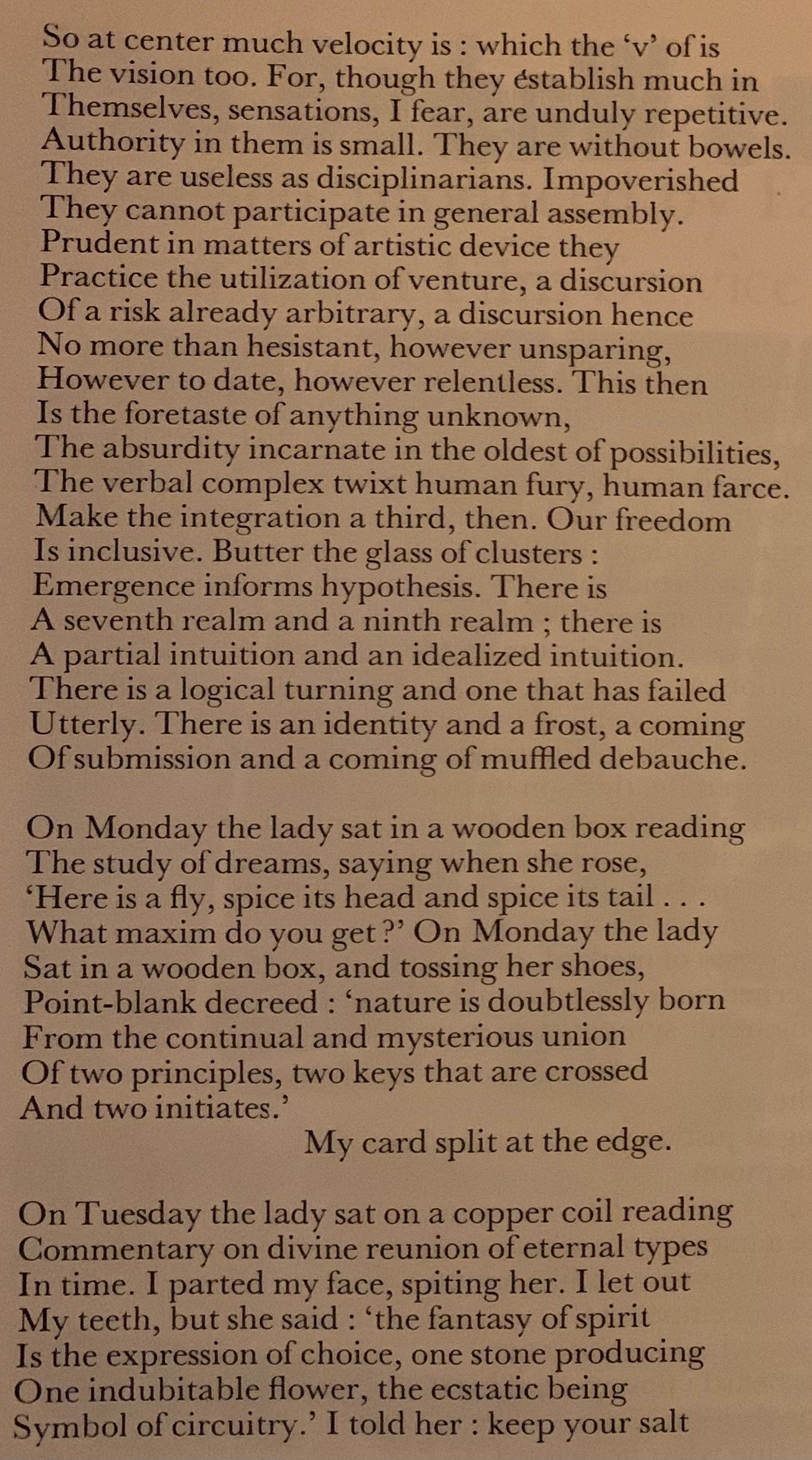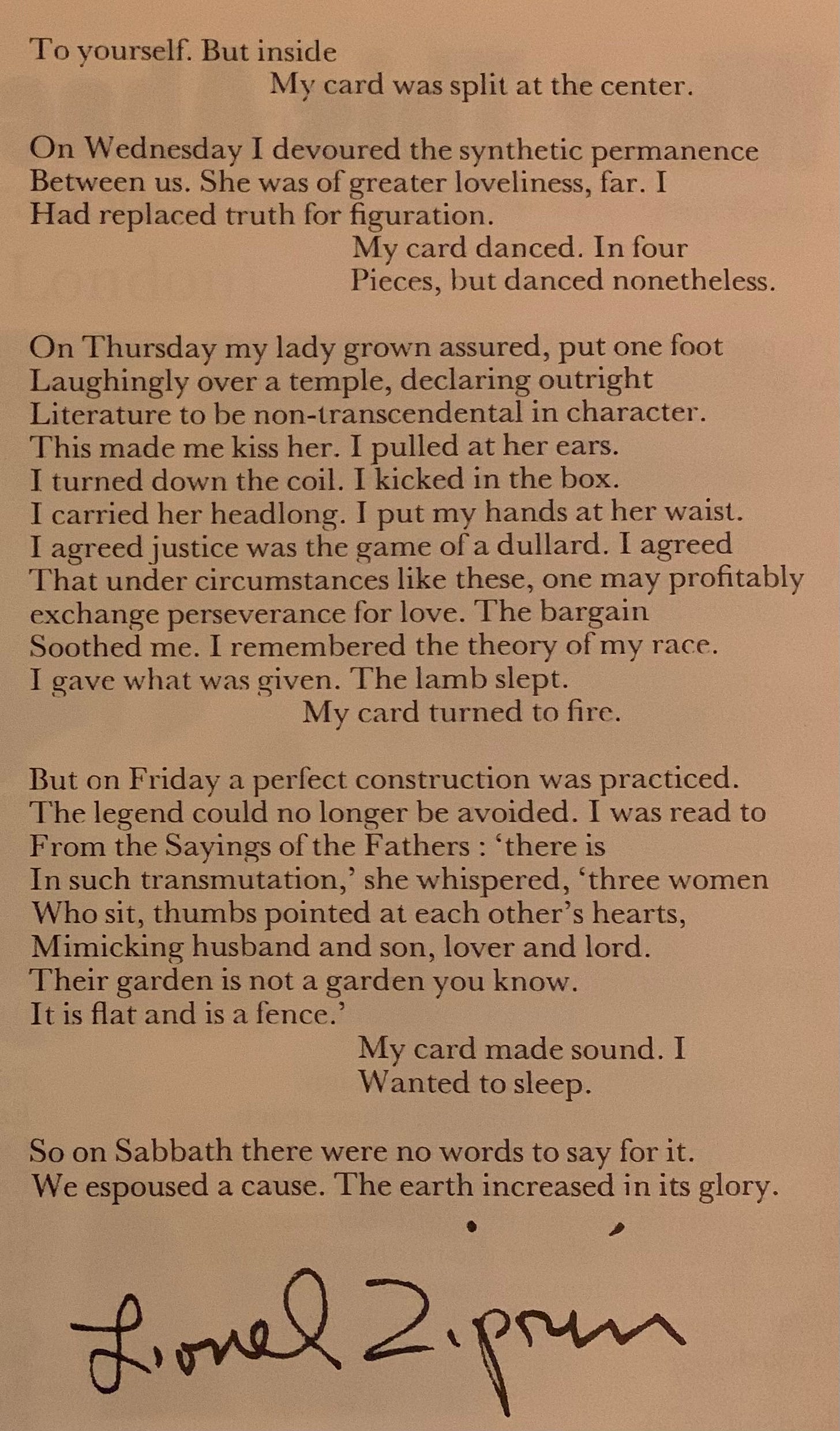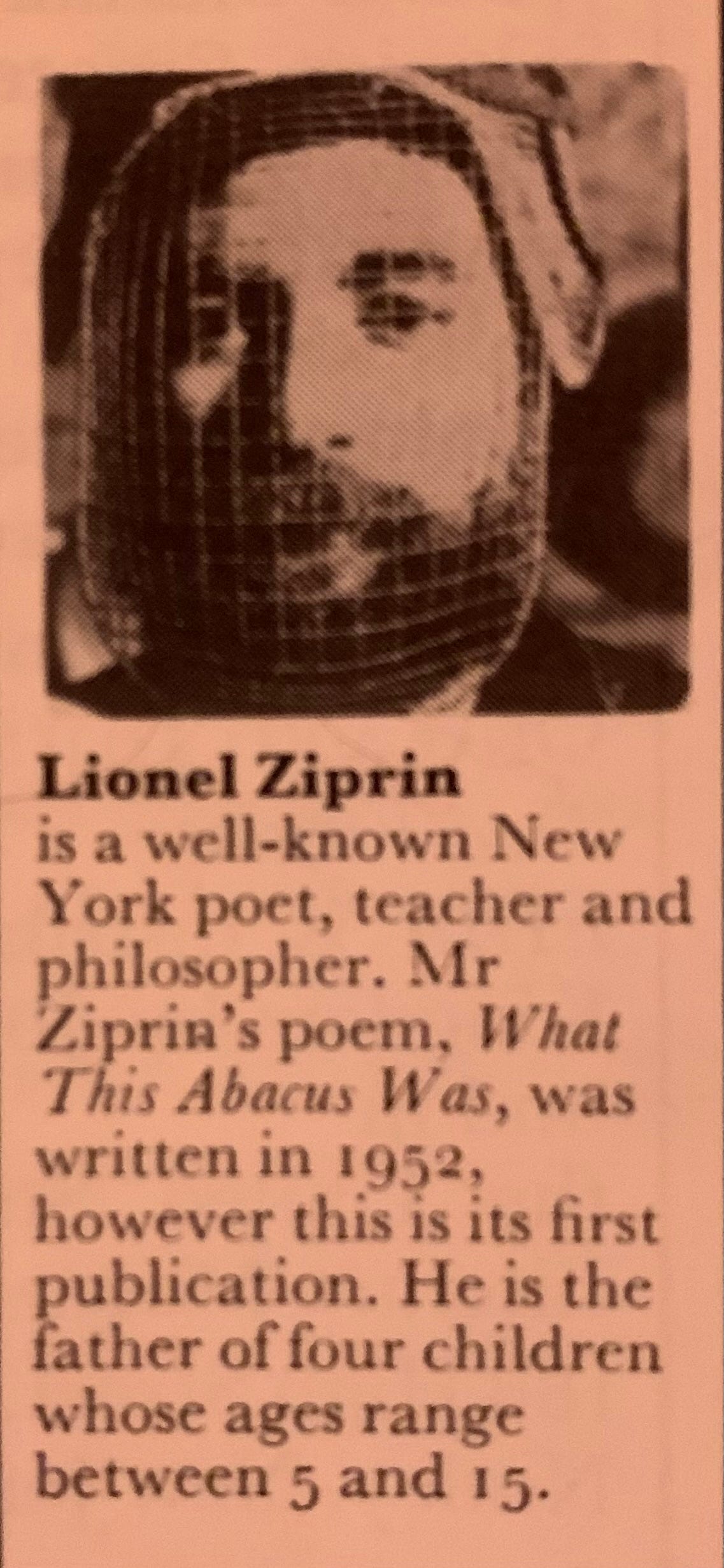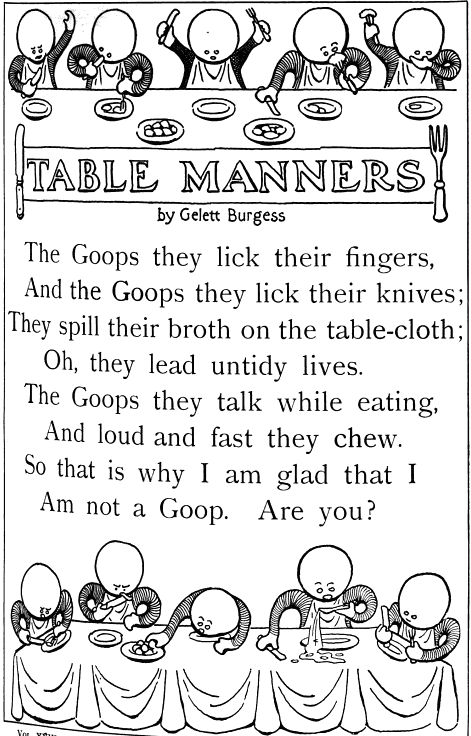The Tour De Force of Roy & Diz
“all of us have a place in history. mine is clouds.”― richard brautigan
I want to start by thanking Chris Owen for taking the list of songs Ophelia Leslie Medford talked about wanting to cover (in his Signal interview published on Friday) and creating a playlist of all but one of them (the one not being on Spotify). After all of these years, Medford STILL opens so many musical doors for me: the list of songs he gave (and I only knew a few of them) are so strong…I have been driving around listening to them all weekend.
~~
I was hiking with my friend Josh Rosenthal this weekend…totally unplanned and yet a glorious hike tramping along the Yolanda Trail with the sun on our faces and crisp breathing air to take in. Of course there was music talk along the way…him telling me about one of the new records he recently released (Harvey Mandel’s Who's Calling) and me talking about the next few records I am gearing up to release (Infinite River, Gate) and the conversation veered towards Jazz. And while talking about 1950s Jazz in particular…our likes…our not-as-likes…I asked him if he had heard that Dizzy Gillespie record he did with….with…damn…I could not remember. Love the record…have listened to it many many times over and over…but could not remember the damn legendary other trumpet player’s name who co-headlined the session. What kind of record collector was I…to have such vapor lock on such a great record?
When I got home, I did a little research (I went to the Jazz section of my collection) where I found the prize…actually prizes: In the mid-1950s, Dizzy Gillespie and Roy Eldridge (the great Roy Eldridge) recorded together, hitting gold every time. The resultant albums were monstrous: 1955’s Roy and Diz (which actually came out in two separate 10 inches the year before), 1956’s Trumpet Battle, and 1957’s Tour De Force. The meeting of Gillespie and Eldridge was historic, a bridge between the new and newer musical innovators. Eldridge might have been only six or seven years older than Dizzy, but by the time the latter picked up the instrument in the 1930s, “Little Jazz” (as the not-so-tall Eldridge was called) had already traversed the country in different bands…including the famed Original Cotton Pickers. Eldridge had been blowing his horn since he was a child, and by the time Dizzy first heard him on the radio direct from the Savoy Ballroom during one of his stints with Teddy Hill, Eldridge had become famed for his sheer power…the way he drove those notes through his horn…creating a whole new voice for the instrument.
Dizzy was blown out-of-town. Started emulating Eldridge’s style…so much so that a few years later he filled his spot in Teddy Hill’s band. Chris Albertson once wrote that for a while both artists pretty much sounded the same1, before Gillespie started adding his own flair, as he became legendary during the bop period of the 1940s. Eldridge all the while was one of the few who broke the color barrier, braving it out with Gene Kroupa’s big band, elevating the sound of the white side of the big band era. By the time the two artists recorded in the 1950s, both were legends.
The two Eldridge/Gillespie sessions happened a year apart, the first including Oscar Peterson on piano, Herb Ellis on guitar, Louis Bellson on drums and Ray Brown on bass, the second including Harry “Sweets” Edison on yet a third trumpet and swapping in Buddy Rich on Drums. The resultant recordings showcased an incredible conversation between these two musical giants, with both taking on each others styles…finishing musical sentences with for each other as one would jump into the pocket as the other stepped back. The band was loaded with all-stars of a time that was just passing, as bop faded into bee-bop into modal jazz and harder stuff. With the great Norman Granz supervising, the sessions sound fantastic and gifted us with some incredible music of the likes we will not hear again, when two masters blended their talents…their iconic styles…and let it flow.
Today is Roy Eldridge’s 112th birthday. His name is not spoken as often as the name Dizzy Gillespie…yet Little Jazz was one of those pioneers that changed the sound of Jazz…redefined how a trumpet could and should be played…and is still so exciting to listen to. The recordings the two did together in the mid-1950s are their best work, and perfect to throw on the turntable today, as the sun careers across Eldridge’s day of arrival.
Happy Monday
Fangoria Chainsaw Awards 2023: All of the Nominees
In a year where I just could not get myself to watch many of the horror films that were released…many just did not appeal to me (too many of the hostage/torture genre that are not of my taste) and others that just went below my radar, here come the Fangoria awards that at least allow me to see what I missed. And I have to say, some of the nominees for Best International Film and Best Streaming Premier look promising…
Capricorn Records: The Rise And Drug-Addled Fall Of The Label That Launched Southern Rock
This article ran short on the fall (and phoenixing) of Capricorn…but it is amazing to read what the Walden brothers accomplished…..together…apart…and the truly incredible amount of legendary artists they A&Red. And yes, the chaos woven through makes a great read. Thank you Jon Blaufarb the article.
Marina Bokelman and David Evans’ Going Up the Country
Legendary musicologist/teacher David Evans has this new book coming out telling of his searching for the blues in the 1960s South. Evans is a fantastic writer…this should be good.
Happy Anniversary “Schoolhouse Rock!”
I was 3 or 4 when Schoolhouse Rock hit the Saturday Morning tube…and I still remember every song and everything each song taught me…
Lowell alumni move to amass $250K litigation war chest
“No laws were broken here. Rather, it was a strategic master-class.” The tribulations of Lowell High has been a national story since the school board wiped it of its testing-based admissions program. How the program was returned…and the new developments make a great story. Thank you fellow Lowellite Matt Hollis for digging deep into San Francisco press and finding this article.
CHRISTIAN MARCLAY A follow-up to The Clock, twelve years later
“The door is of course very symbolic, but I see it more as sculptural. My video is a sort of mental structure that the viewer might or might not follow and get lost in”-Christian Marclay
What This Abacus Was
By: Lionel Ziprin
Liner notes to the Verve 2LP set “Diz and Roy,” 1977









